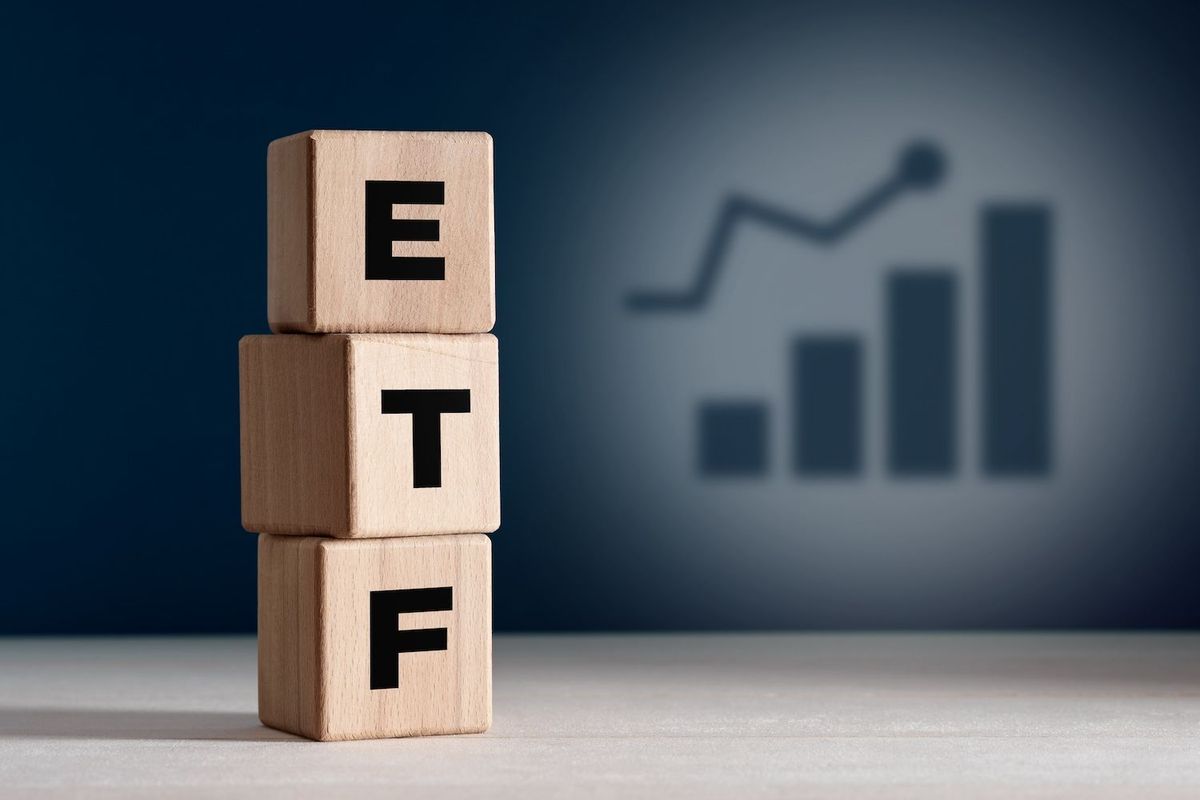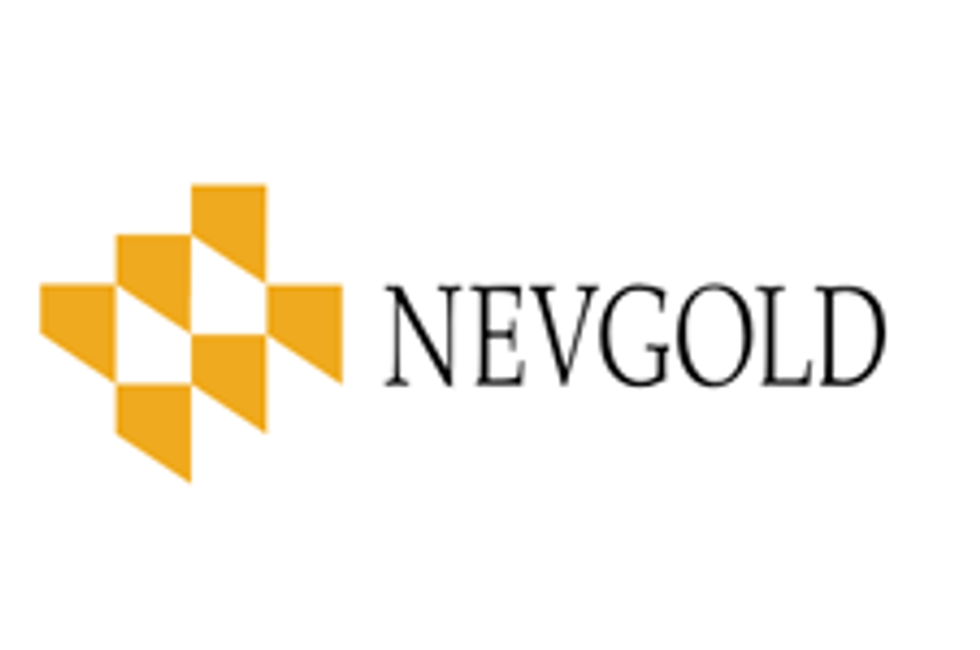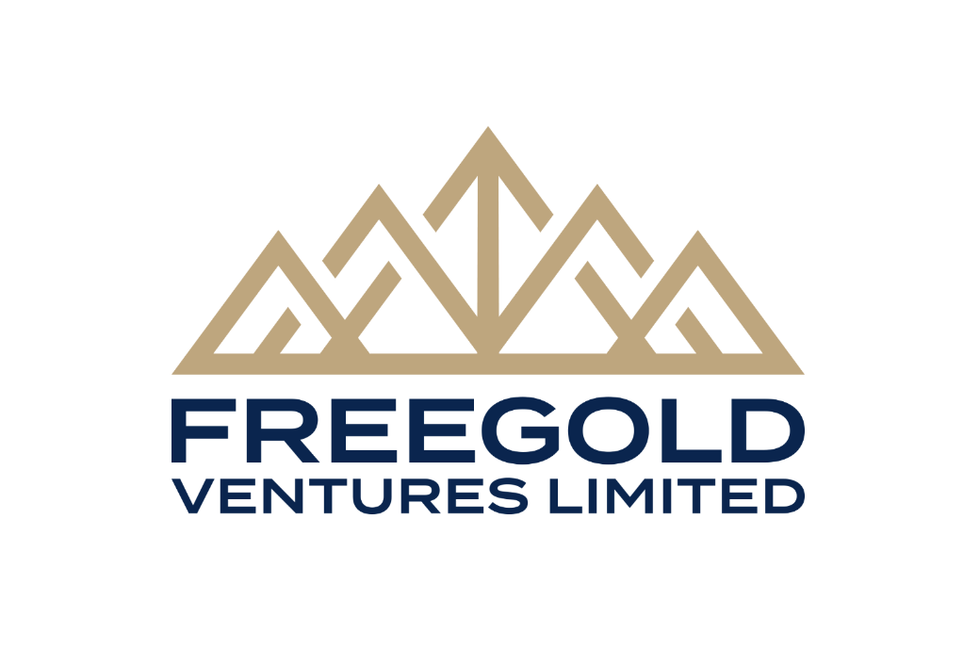Sprott Introduces Active Gold and Silver Miners ETF
Sprott's Steve Schoffstall discusses his company's new active gold and silver miners ETF, as well as the outlook for precious metals.

With gold and silver posting significant price gains over the past year, investors may wonder if it’s too late to start investing in precious metals, or where the best opportunities lie.
There is always a reasonable argument for holding precious metals to diversify a portfolio, but there are ways to get exposure to the sector without holding physical metal. Exchange-traded funds (ETFs) are a common option.
Some precious metals ETFs are backed by physical metal, while others are tied to stocks. While equity-based ETFs carry different risks than metal-based funds, they also have unique upside potential.
Given the number of funds available, investors may have difficulty deciding which to choose.
This is why it’s important to understand how each fund works — some have set timelines to review their holdings, while others take a more active approach where managers provide constant oversight.
Sprott’s (TSX:SII,NYSE:SII) recently launched Sprott Active Gold & Silver Miners ETF (NASDAQ:GBUG) takes an active approach, meaning it doesn't have a set rebalancing rate. Its focus is on gold and silver exploration, development and mining companies, as well as royalty and streaming companies that operate in the precious metals sector.
It currently manages US$2 million in assets from a portfolio of companies with a total market cap of US$237 billion. Among the fund's holdings are Agnico Eagle Mines (TSX:AEM,NYSE:AEM), Coeur Mining (NYSE:CDE), Osisko Gold Royalties (TSX:OR,NYSE:OR) and Alamos Gold (TSX:AGI,NYSE:AGI). The fund charges a 0.89 percent management fee.
The Investing News Network spoke to Steve Schoffstall, Sprott’s director of ETF product management, to understand how active funds work and what the approach is when creating a new precious metals ETF.
Timing the launch of a new ETF
When launching a new ETF, Schoffstall said it’s important to identify areas of the market with favorable long-term investment outlooks. The team at Sprott sees opportunity in gold and silver miners.
The gold price made new record highs numerous times in 2024 and has continued to do so in 2025.
The yellow metal's gains have largely been fueled by central bank buying from countries like China, Turkey and Saudi Arabia, which have been adding to their gold reserves. Likewise, retail investment in physical gold has been relatively strong in these regions, contributing to even more momentum in the market.
“Physical gold has eclipsed at least 1,000 metric tons each of the last three years,” explained Schoffstall. This interest has come as governments work to reduce their exposure to the US dollar.
Western investors have remained on the sidelines until recently. Now, the combination of conflicts in the Middle East and Europe, along with the broader chaos introduced into the global financial markets by the Trump administration, have started to push European and North American investors back into the market.
Gold is also suffering from supply-side problems, with declining grades and fewer discoveries. Schoffstall thinks that this could push gold into a situation where production is unable to sustain demand.
He sees a similar problem with silver. Industrial sectors now account for 55 percent of the market, largely due to demand from green energy, which drives an annual growth rate of 28 percent.
This increasing demand comes at a time when supply isn’t keeping up.
“The silver market has been in a deficit for each of the last six years,” Schoffstall said.
Stocks haven’t followed metals prices
Equities typically outperform metals, but in the current market, these gains have yet to materialize.
“Gold equities have underperformed spot gold for the last 13 to 14 years,” said Schoffstall, who suggested that investors have preferred to invest in bullion. He believes the situation could be set to change.
“The widening performance gap may provide the opportunity for a catch-up trade. Silver miners have recently outperformed silver amid an improving macro backdrop for the metal,” he said.
When it comes to gold, it's no secret that equities have fallen behind.
“Gold miners are trading multiples lower than the S&P 500 (INDEXSP:.INX) and with greater profitability and lower leverage, presenting a relative value opportunity for investors,” he said.
That isn’t to say all mining companies have underperformed; some have done quite well. Schoffstall explained that the average dispersion between the top and bottom securities is 171 percent; he added that there is significant underperformance in the bottom 50 percent of equities relative to the top 25 percent of performers.
“Given the operational complexities of mining operations, investors may benefit from an active strategy focused on long-term business fundamentals and/or growth potential,” he said.
Investor takeaway
In closing, Schoffstall emphasized that Sprott's goal is to take a “value-oriented and contrarian” approach to managing its new ETF, and aims to seek undervalued precious metals companies.
When considering any investment, it's key that investors weigh their appetite for risk. While fund managers want to see positive returns, the equity markets can be volatile, and so can ETFs. Having more products come to market means that investors can find a niche that works with their approach to investment and fits within their portfolio.
Don't forget to follow us @INN_Resource for real-time updates!
Securities Disclosure: I, Dean Belder, hold no direct investment interest in any company mentioned in this article.
Editorial Disclosure: The Investing News Network does not guarantee the accuracy or thoroughness of the information reported in the interviews it conducts. The opinions expressed in these interviews do not reflect the opinions of the Investing News Network and do not constitute investment advice. All readers are encouraged to perform their own due diligence.





